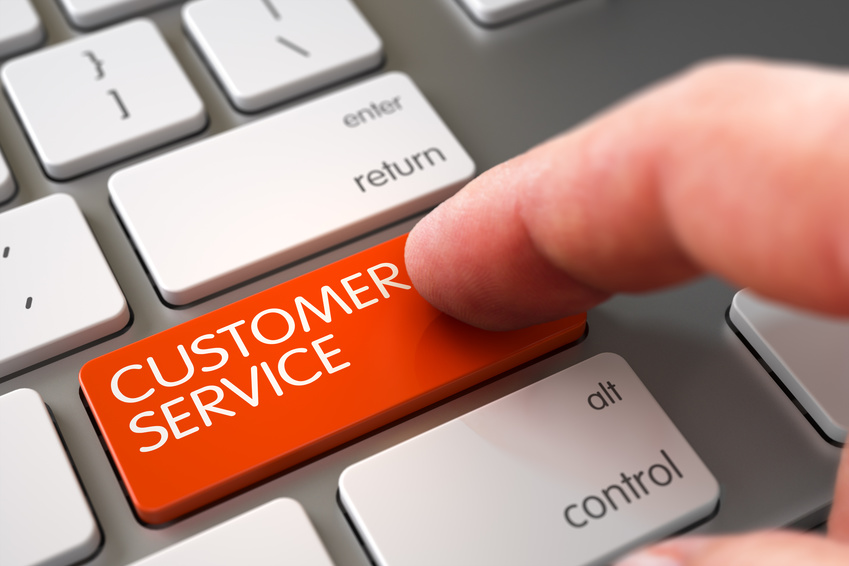It’s 11pm on Monday night and I am on hold with my airline trying to get through to an agent to change a flight I have for the next day. The airline, at 10:23pm, sent me an email about possible travel disruptions the next day due to weather (thunderstorms) and said I could change my flight if I wanted to without any penalties (If you travel a lot, you are very familiar with this type of email).
I think it makes sense to try and leave on an earlier flight and avoid delays and cancellations if possible. I first go to their web site and try to switch my flight. Unfortunately, this proves fruitless, the site does not give me any alternatives, nothing at all. So, as the email from the airline also suggests, I can call them directly and speak with an agent. I work my way through the automated response unit until it finally transfers me to an agent who can help me, or so I am led to believe. I am now greeted by a message that says the expected wait time is 10 – 15 minutes, which I am not thrilled about but think is reasonable, even at 11pm, given the fact that bad weather has been forecast for the next day.
30 minutes later, I am still on hold and waiting. No sign of a live person anywhere to help me. For the last 30 minutes I have been listening to the same song play over and over. No updates on my expected hold time. Nothing at all, just this same instrumental song, over and over. I am beginning to wonder if an agent will ever materialize.
During my extended hold time, I decide to check out LinkedIn for updates and come across the graphic below which somebody has shared. I start thinking there has to be a better way to handle this customer service experience, a better way to make this experience somewhat better, faster, and slightly less aggravating.

With all the call center and customer service technology available today, I know there are ways to make my customer experience better. For instance, leveraging technology that enables me to receive a call back as soon the next agent is available. Providing me with a more accurate approximate hold time prediction or updating me along the way if the hold time gets significantly longer. Hold music and recorded messages that change and are not on an endless loop of only one song. And my personal favorite, enabling me to change my flight directly on their web site, aka customer self-service, as I attempted to do at the start.
Customer service matters. A good user experience can improve the overall impression your supplier, buyer, or internal customer, has about your company or function, and, perception matters. It translates into suppliers that want to do business with your firm, buyers that want to buy more, and recognition internally as to the value that Accounts Payable (“AP”) can (and does) provide.
Think about who you do business with on both a personal and professional level, more often than not, we frequent the businesses that provide us with a good user experience, and this includes customer service when needed. Last week I discussed how we know ‘Best-in-Class’ organizations are really ‘Best-in-Class’. One of the technologies highlighted in Ardent Partners’ State of ePayables 2018 Research Report (click here to download the full report) was self-service supplier portals. Ardent’s research showed that ‘Best-in-Class’ organizations adopt self-service portals 2.5x more frequently than others. Why is this? The ‘Best-in-Class’ understand the value of providing good customer service, and supplier portals have been proven to be a great way to improve user experience and customer satisfaction.
All of the ‘disrupters’ mentioned in the graphic above delivered a better customer service and user experience because they provided better visibility and precision into the full buying experience. Netflix, Amazon and Uber customers know exactly what’s available, when you get it, and at what price…no guesswork…and then they execute on that plan with precision. The value of a supplier portal delivers similar value to all of the stakeholders who use it.
There are many, many things an organization can do to provide top-notch customer service, and supplier portals are just one example. What’s most important is that you create a culture in AP that actually prioritizes customer service. How can you provide the best value and service for your suppliers and your internal customers such as the business units, finance, procurement, and executive management?
Conclusion
The graphic I found on LinkedIn provides some great examples about the importance of being customer focused and as the last line points out, technology by itself is not the biggest threat to a business or industry, not being customer-centric is the biggest threat to any business. For AP to realize its’ full potential, it is paramount that they provide good customer service.
(For those of you wondering if I am still on hold with the airline, I am happy to report that after 34 minutes, I was finally transferred to an airline agent who couldn’t have been nicer and more helpful. In less than 4 minutes they were able to re-book me on an earlier flight the next day.)
RELATED ARTICLES:
Download the State of ePayables 2018 Report!
The State of ePayables 2018: How Do We Know the Best AP Departments Really Are Better?
The State of ePayables 2018: What Makes the Best AP Departments Better?



